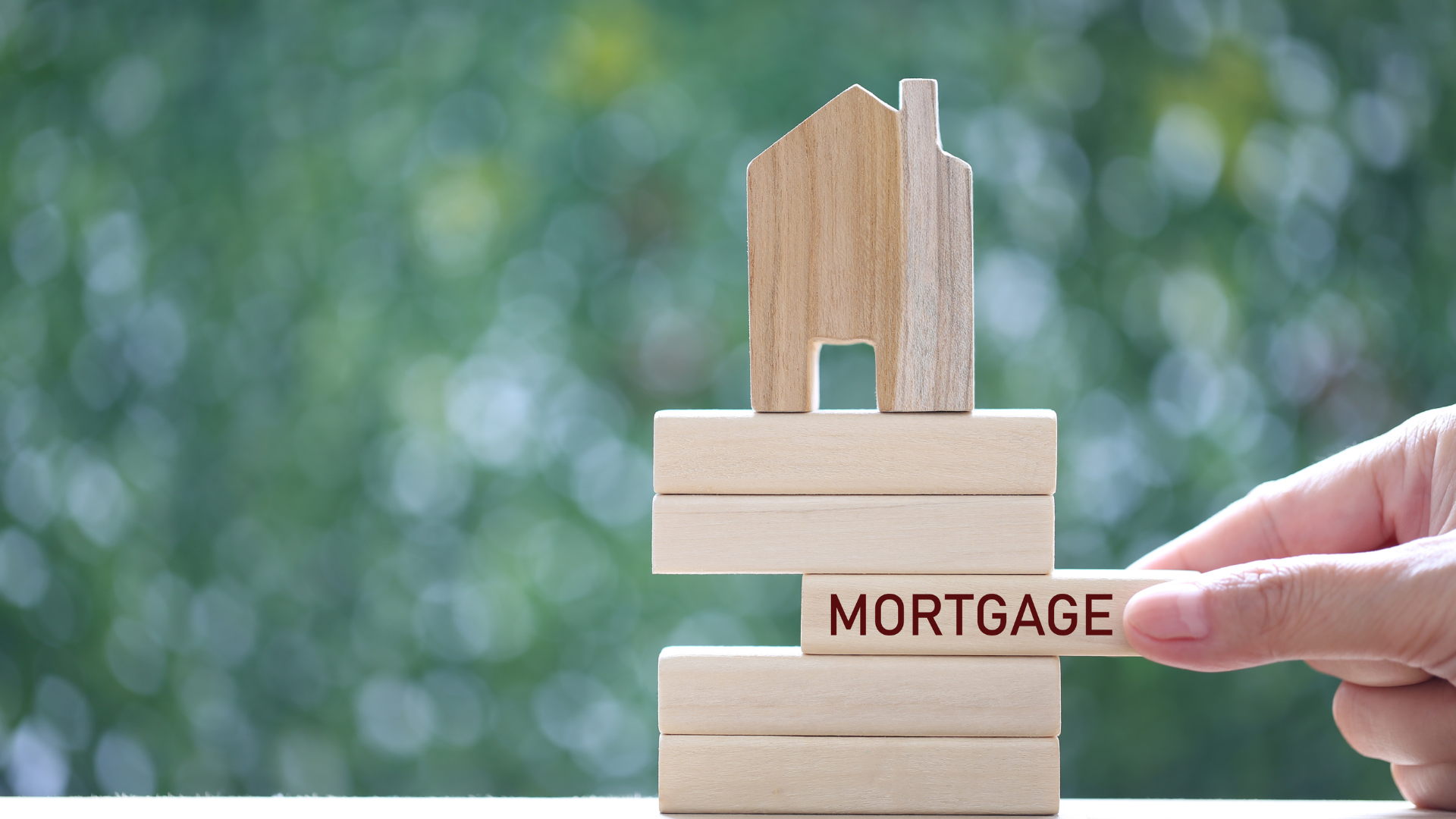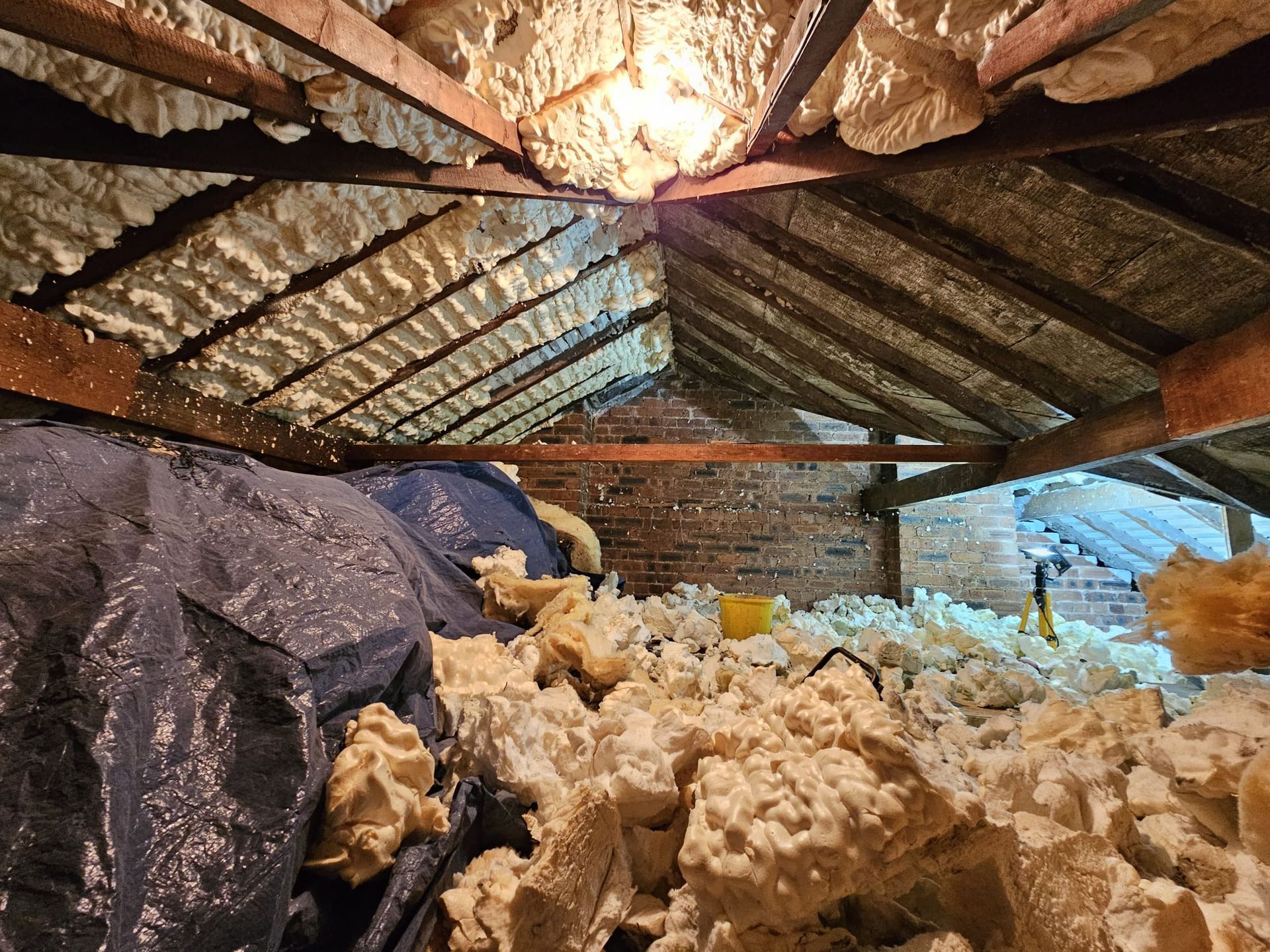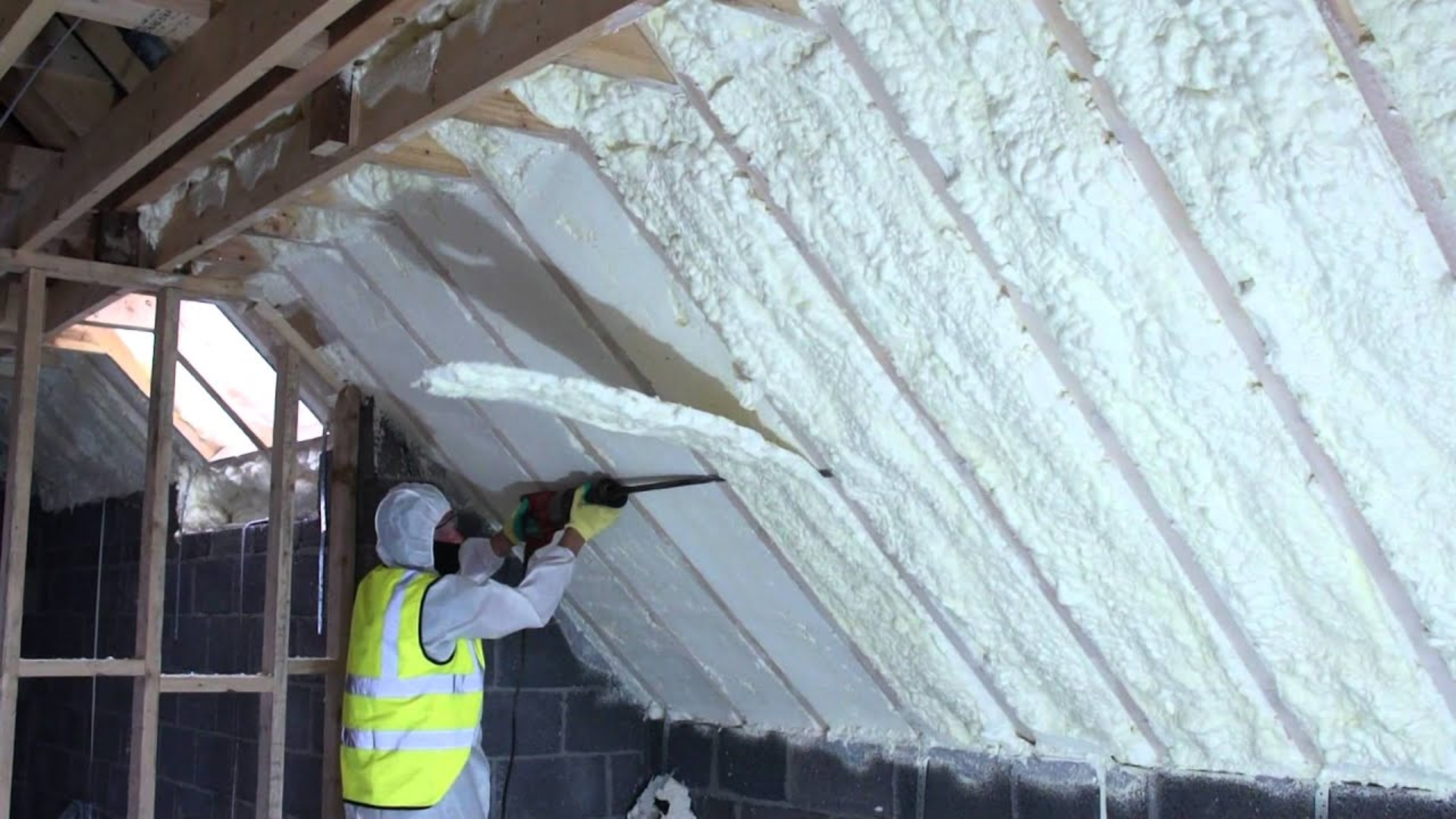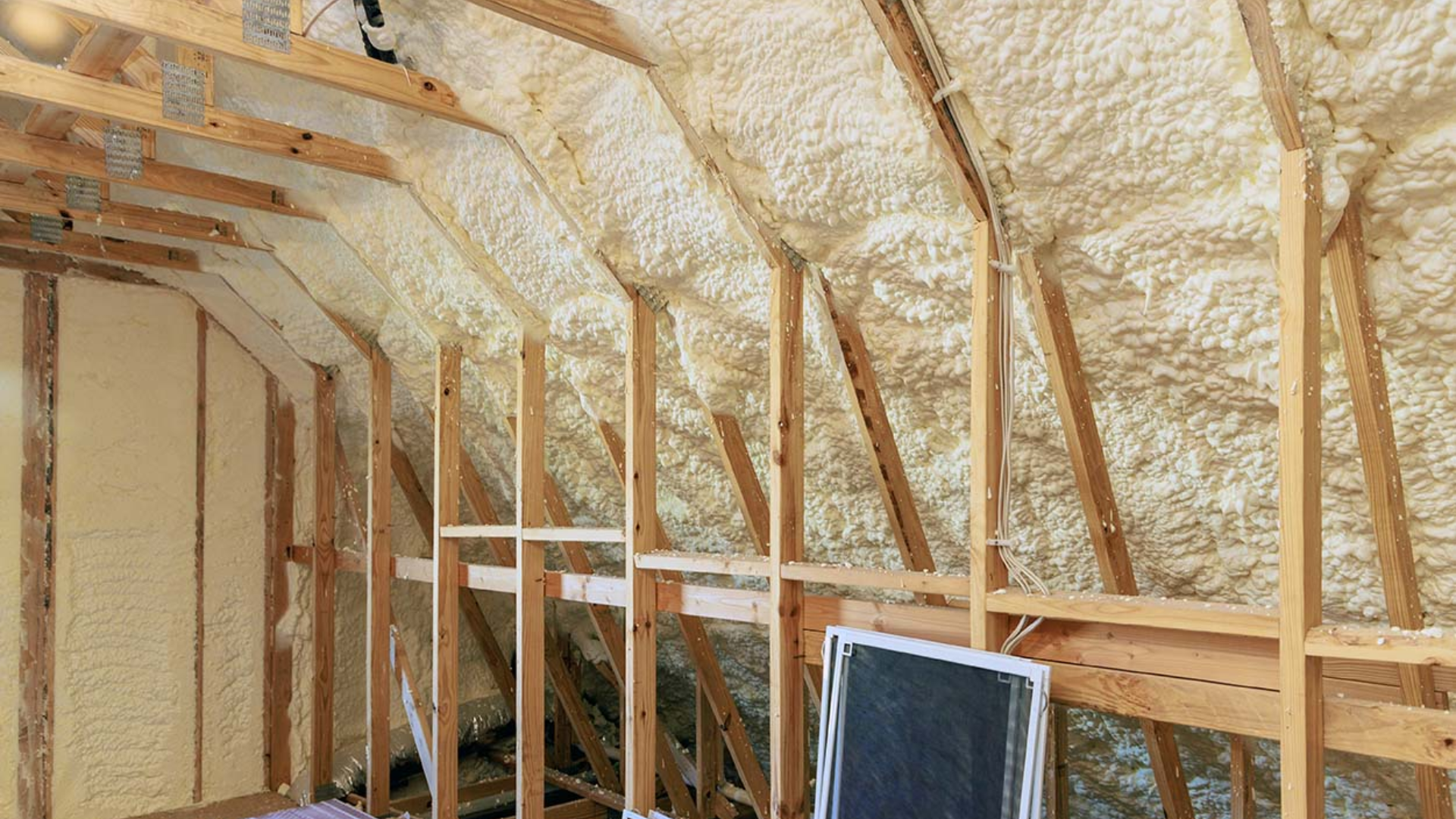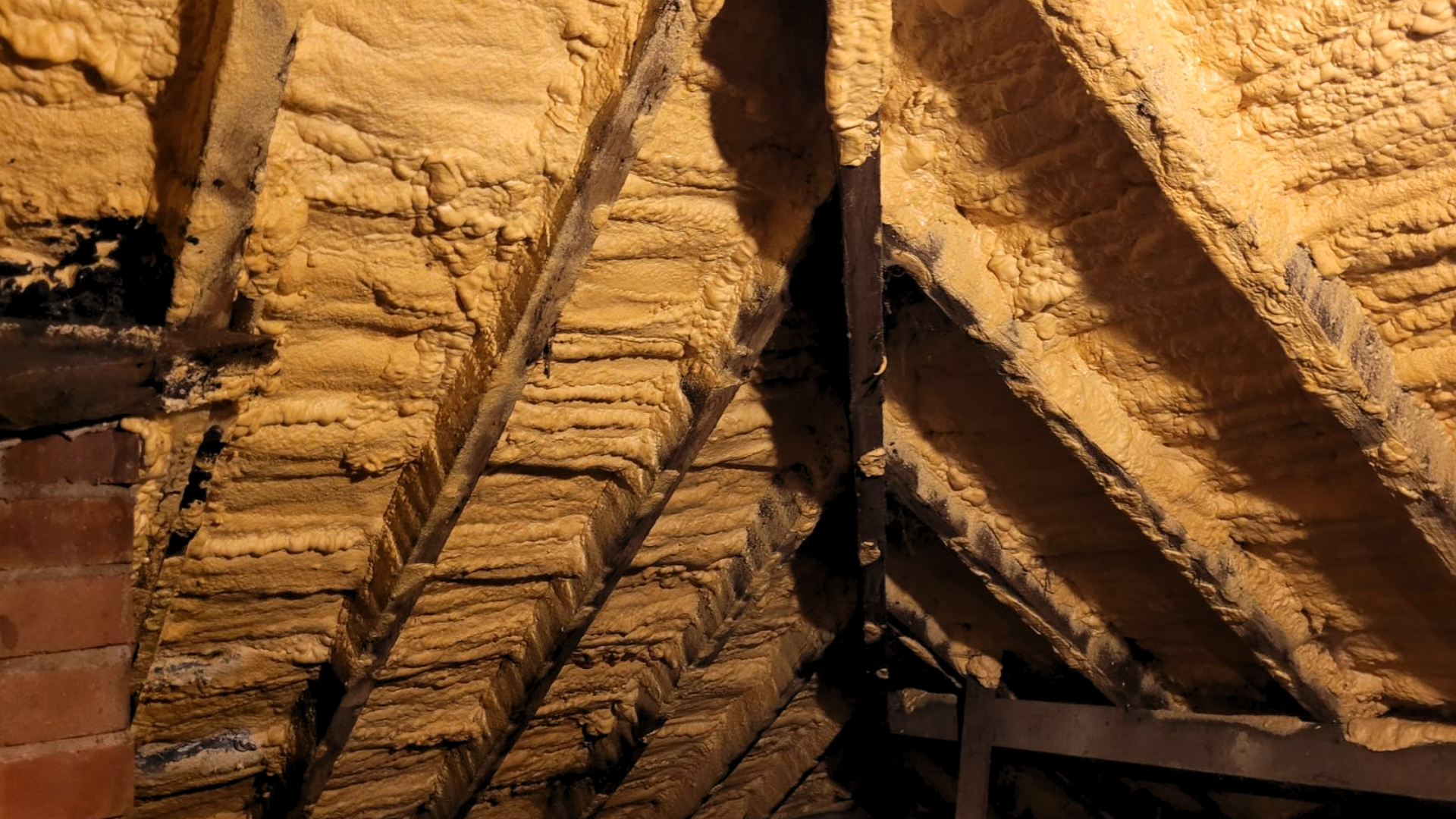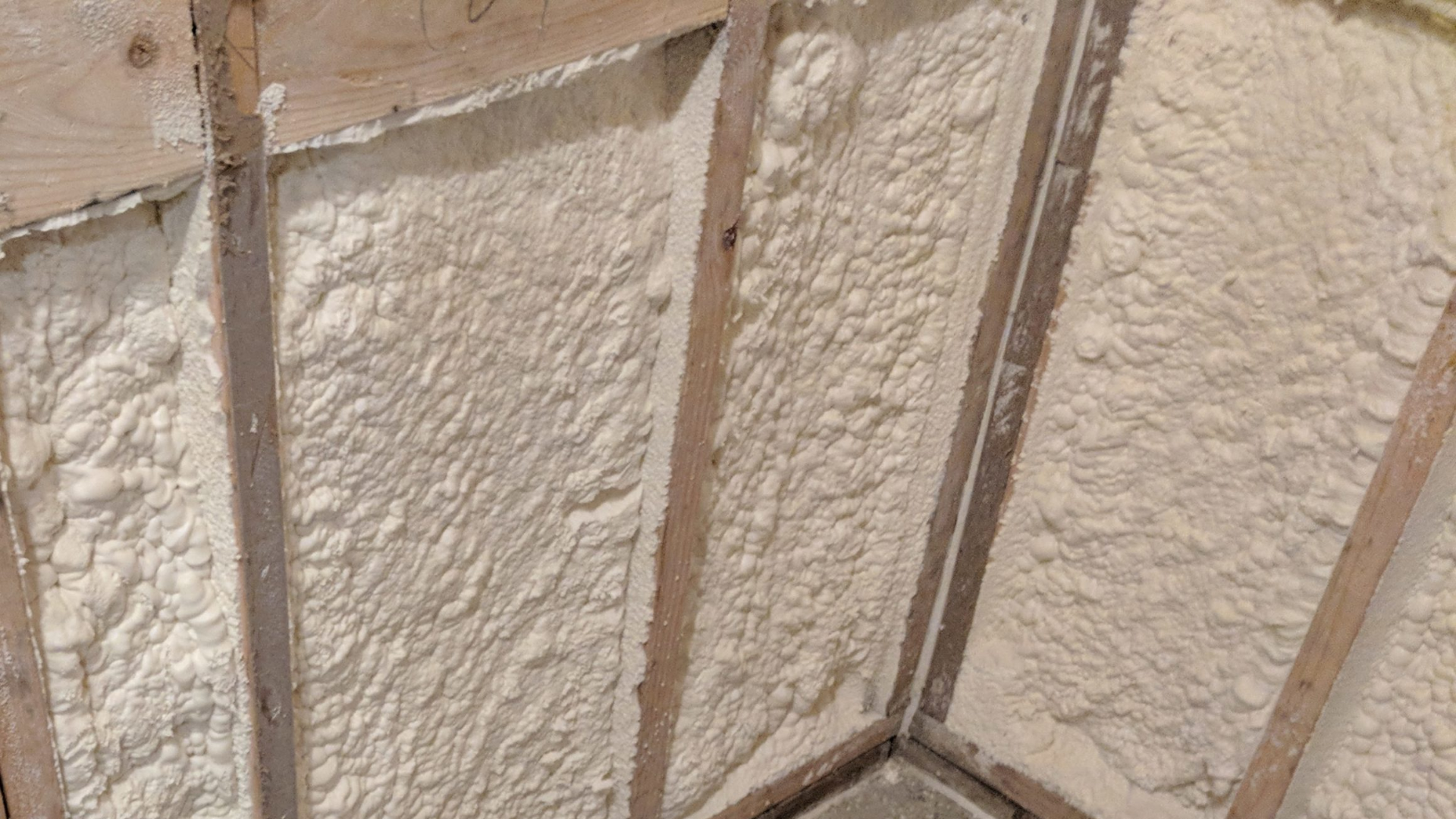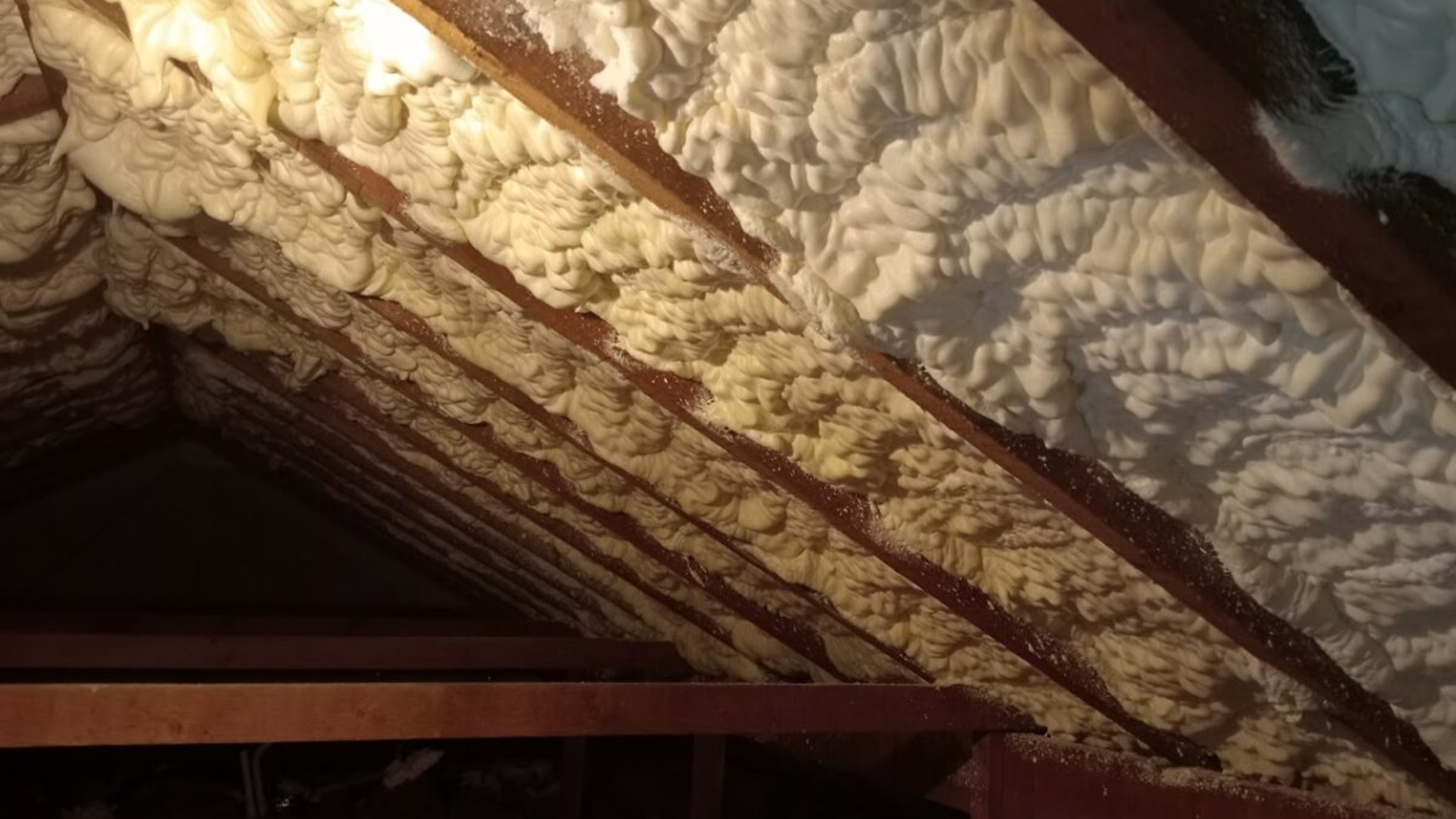When to Replace Your Old Loft Insulation: Signs, Risks, and Benefits
How important is it to replace your loft insulation?

Replacing old loft insulation may not be at the top of your to-do list, but it can have significant benefits for your home and your wallet. In this blog, we’ll explore when it’s time to replace your old loft insulation, the risks of not doing so, and the benefits you can reap by taking action.
Even though we specialise in Spray Foam Removal, we also offer a re-laying service for insulation around the home, click HERE to get in contact with us regarding the replacement of your old Loft Insulation.
Signs it’s Time to Replace Your Old Loft Insulation
The first step in deciding whether to replace your old loft insulation is to determine if it’s still doing its job effectively. Here are some signs that it may be time for a replacement:
- Your energy bills have increased: One of the most noticeable signs that your insulation is no longer working as it should is an increase in your energy bills. This is because your heating system has to work harder to maintain the desired temperature in your home.
- Drafts and cold spots: If you notice that certain areas of your home are colder than others, this could be a sign that your insulation is no longer providing adequate coverage.
- Wet insulation: Wet insulation is a clear sign that there is a problem with your roof or another part of your home’s structure. It’s important to replace wet insulation as soon as possible to prevent further damage to your home.
- Age: Like anything else in your home, your insulation will degrade over time. If your insulation is more than 15–20 years old, it’s probably time to replace it.
Risks of Not Replacing Your Old Loft Insulation
Ignoring the signs that it’s time to replace your old loft insulation can lead to some serious risks. Here are just a few:
- Increased energy bills: As mentioned above, old insulation can cause your energy bills to skyrocket. This is not only bad for your wallet but also for the environment.
- Poor indoor air quality: Old insulation can be a breeding ground for mould and bacteria, which can lead to poor indoor air quality and health problems for you and your family.
- Structural damage: Wet insulation can lead to structural damage to your home, including rotting wood and damage to your ceilings and walls.
Benefits of Replacing Your Old Loft Insulation
Now that we’ve covered the signs and risks of not replacing your old loft insulation, let’s explore the benefits of taking action:
- Lower energy bills: By replacing your old insulation with new, high-quality insulation, you can lower your energy bills and save money in the long run.
- Improved indoor air quality: New insulation can help to improve the air quality in your home by reducing the risk of mould and bacteria growth.
- Increased home value: Upgrading your insulation is a smart investment in your home that can increase its value and appeal to potential buyers.
- Enhanced comfort: New insulation can help to eliminate cold spots and drafts in your home, making it a more comfortable place to live.
Replacing your old loft insulation is a smart investment in your home and your well-being. By keeping an eye out for the signs that it’s time for a replacement, you can enjoy the many benefits of new insulation while avoiding the risks of neglecting this important home maintenance task.
Click HERE to get in contact with one of our expert insulation specialists and find out how easy it is to replace your loft insulation.
Book an appointment
